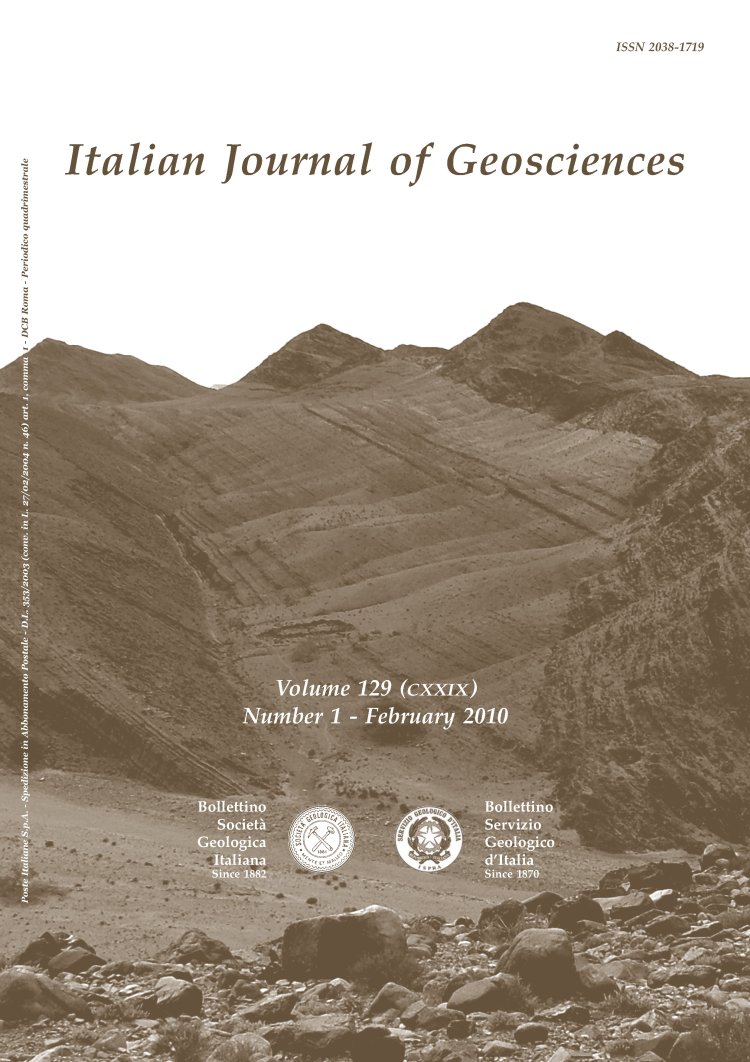
Notes on the co-seismic stress field evolution during the 1997 Umbria-Marche (Italy) aftershock sequence
Mauro Alberti(*)
(*) Via Tinoni, 103 - I-53036 Murlo, e-mail: alberti.m65@gmail.com
DOI: https://doi.org/10.3301/IJG.2009.02
Volume: 129 (2010) f.1
Pages: 15-28
Abstract
The Umbria-Marche 1997 seismic sequence occurred in a region of the Northern Apennines (Italy) that has been under extension since the Late Pliocene. This sequence activated normal faults and high-angle faults inherited from an earlier contractional tectonic phase. A one-month period starting immediately after the mainshocks is studied. During the initial ten days, the coseismic stress field shows evidence of permutations between the S1 and S2 axes, with the presence of a local strike-slip regime. Over the following 20 days, stress variations became more gradual. We suggest that permutations and rotations of the principal stress axes are due to mechanical anisotropies or rheological variations within the fault zones of inherited faults. The inverted normal and strike-slip stress regimes explain almost all the observed relationships between fault strike and fault slip direction, thus suggesting that fault slip is fundamentally controlled by the active stress field, with a secondary influence of kinematic factors such as strain compatibility due to fault slip interactions.
Keywords
Get Full Text